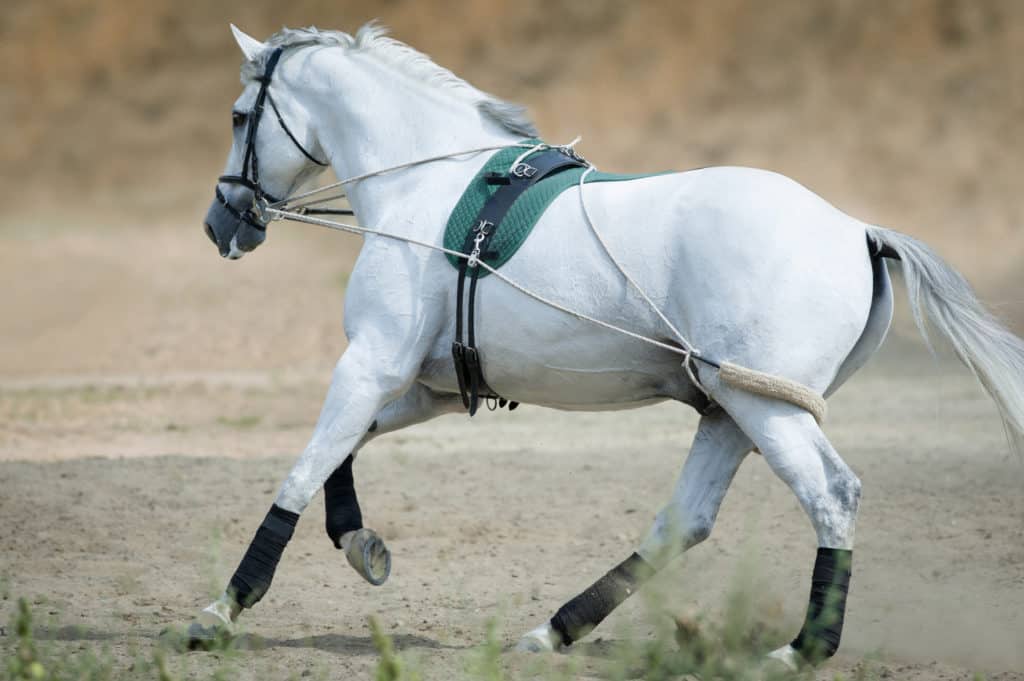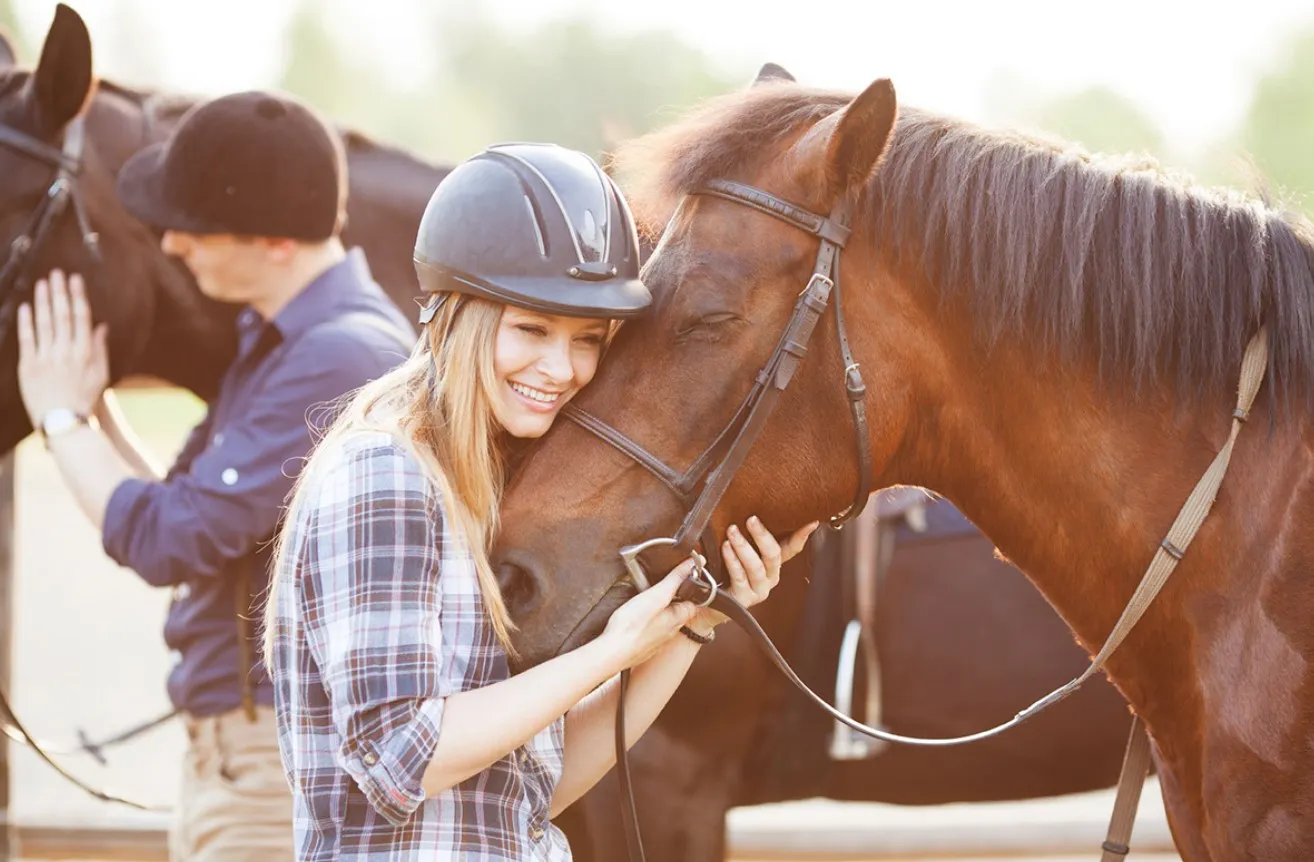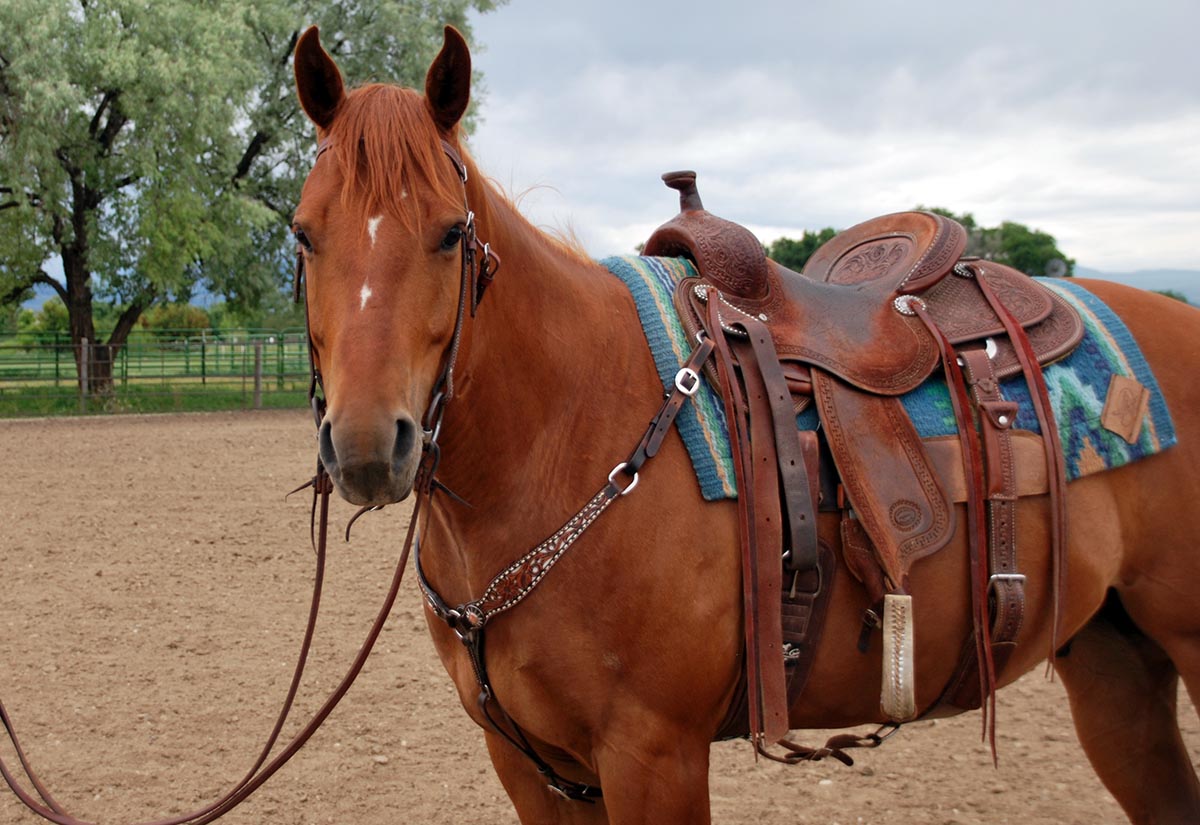Learning how to train a horse to neck rein is an essential skill for any horse enthusiast. Whether you are a beginner or an experienced rider, mastering the art of neck reining can greatly enhance your riding experience. Neck reining is a subtle form of control that allows the rider to guide the horse with a single hand, providing a more relaxed and fluid ride. In this article, we will delve into the step-by-step process of teaching your horse to neck rein, ensuring a harmonious partnership between you and your equine companion.

Understanding Neck Reining
Before diving into the training process, it is crucial to understand what neck reining entails. Neck reining is a technique where the rider uses the reins against the horse’s neck to signal direction. This method differs from direct reining, where the rider pulls the rein directly to turn the horse’s head. Neck reining relies on the horse’s sensitivity to the pressure and movement of the rein against its neck, making it a more advanced form of communication between horse and rider.
Benefits of Neck Reining
Neck reining offers numerous advantages for both rider and horse. It allows for a more natural and balanced riding position, as the rider can maintain a relaxed posture without the need to constantly adjust the reins. This technique also promotes better communication and trust between the rider and horse, as the horse learns to respond to subtle cues rather than forceful commands. Additionally, neck reining is commonly used in Western riding disciplines, such as reining and trail riding, where precise control and maneuverability are essential.
Preparing Your Horse for Neck Reining
Before introducing neck reining, it is important to ensure that your horse has a solid foundation in basic training. This includes mastering fundamental skills such as stopping, backing up, and yielding to pressure. If your horse is not yet proficient in these areas, it may be beneficial to revisit horse discipline training to establish a strong groundwork.
Building Trust and Confidence
Building trust and confidence between you and your horse is essential for successful neck reining. Spend time bonding with your horse through activities such as grooming, groundwork exercises, and positive reinforcement. This will help create a strong bond and establish a foundation of trust, making the training process more enjoyable and effective.
Step-by-Step Guide to Neck Reining
Step 1: Introduce Neck Reining in a Controlled Environment
Start by introducing neck reining in a controlled environment, such as an enclosed arena or round pen. This will minimize distractions and allow your horse to focus on the task at hand. Begin by using a snaffle bit, as it provides gentle communication and allows for better control during the initial stages of training.
Step 2: Teach the Basic Cues
Begin by teaching your horse the basic cues for neck reining. Start by holding both reins in one hand, with the reins resting lightly on your horse’s neck. Apply gentle pressure with the opposite rein to signal the desired direction. Use your legs and body position to reinforce the cue, shifting your weight slightly in the direction you want your horse to go.
Step 3: Practice Consistency and Patience
Consistency and patience are key when training a horse to neck rein. Practice regularly and reinforce the cues through repetition. Be patient with your horse, as it may take time for them to fully understand and respond to the new signals. Reward your horse with praise and treats for their progress, reinforcing positive behavior and encouraging them to continue learning.
Common Challenges and Troubleshooting
Training a horse to neck rein may come with its fair share of challenges. Some common issues include resistance to the cues, lack of focus, or difficulty in maintaining balance. To address these challenges, consider revisiting how to deal with stubborn horses or seeking guidance from a professional trainer who specializes in neck reining.
Addressing Resistance
If your horse shows resistance to neck reining, it may be beneficial to revisit basic training principles and ensure that your horse understands and responds to pressure cues. Gradually increase the difficulty of exercises, rewarding your horse for their efforts and progress.
Improving Focus and Balance
Improving your horse’s focus and balance is crucial for successful neck reining. Incorporate exercises that enhance your horse’s concentration and coordination, such as horse positive reinforcement and lateral movements. These exercises will help your horse develop the necessary skills to maintain balance and respond effectively to neck reining cues.
Advanced Neck Reining Techniques
Once your horse has mastered the basics of neck reining, you can explore more advanced techniques to further enhance their skills. These techniques include teaching your horse to perform intricate maneuvers, such as spins, rollbacks, and lead changes. These advanced skills require a high level of communication and partnership between you and your horse, showcasing the true art of neck reining.
Mastering Spins and Rollbacks
Spins and rollbacks are advanced maneuvers commonly used in Western riding disciplines. These movements require precise control and coordination, making them an excellent way to showcase your horse’s neck reining abilities. Practice these maneuvers in a controlled environment, gradually increasing the difficulty as your horse becomes more proficient.
Executing Lead Changes
Lead changes are another advanced skill that can be achieved through neck reining. This maneuver involves changing the leading leg while maintaining a smooth and balanced gait. To master lead changes, work on improving your horse’s flexibility and responsiveness to cues, gradually introducing the concept through exercises and drills.
Maintaining a Strong Partnership
Training a horse to neck rein is not just about achieving a specific skill; it is about building a strong partnership between rider and horse. Continue to nurture and strengthen this partnership through regular training sessions, bonding activities, and positive reinforcement. Remember that each horse is unique, and progress may vary. Celebrate every milestone and enjoy the journey of developing a harmonious connection with your equine companion.
Conclusion
Learning how to train a horse to neck rein is a rewarding experience that enhances the bond between rider and horse. By following the step-by-step guide outlined in this article, you can successfully teach your horse to respond to subtle cues, resulting in a more enjoyable and effective riding experience. Remember to approach the training process with patience, consistency, and a focus on building trust and communication. Embrace the journey of learning and growing alongside your horse, and enjoy the countless adventures that await in the world of neck reining.

FAQs
What is neck reining?
Neck reining is a riding technique where the rider uses the reins against the horse’s neck to signal direction, allowing for more subtle and fluid control.
Can any horse learn to neck rein?
Yes, with patience and consistent training, most horses can learn to neck rein. It is important to start with a solid foundation in basic training before introducing neck reining.
How long does it take to train a horse to neck rein?
The time it takes to train a horse to neck rein varies depending on the individual horse and their previous training experience. With regular practice and positive reinforcement, progress can be made within weeks to months.
For more information on horse training techniques, visit 5 Horse Training Tips for Beginners or explore the comprehensive Wikipedia article on Horse Training.
This article contains affiliate links. We may earn a commission at no extra cost to you.






